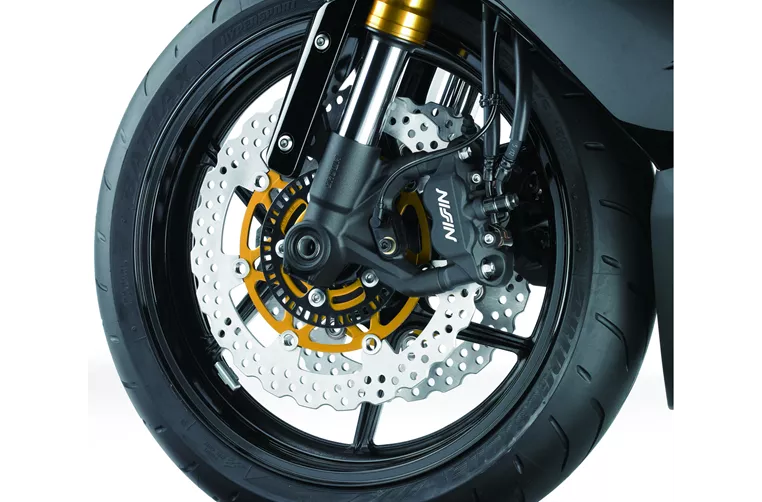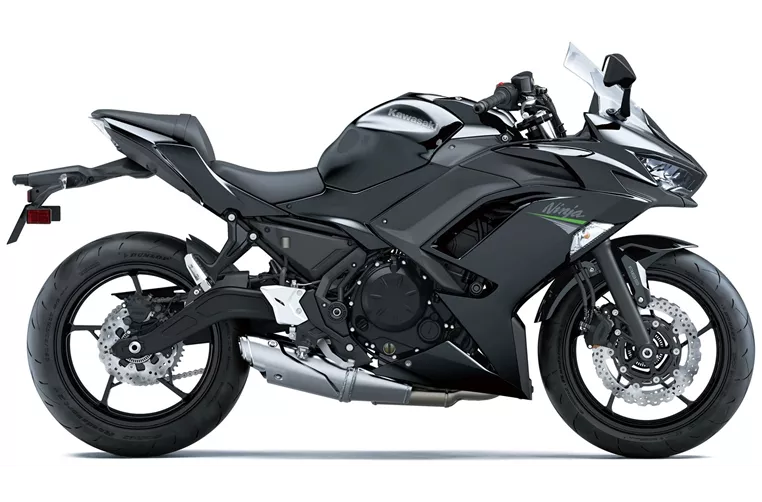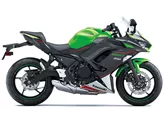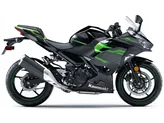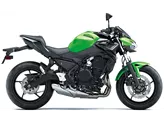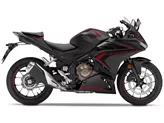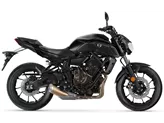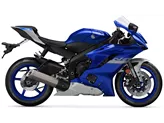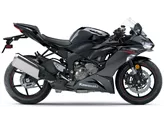Kawasaki Ninja ZX-6R 636 2013 vs. Kawasaki Ninja 650 2020

Kawasaki Ninja ZX-6R 636 2013
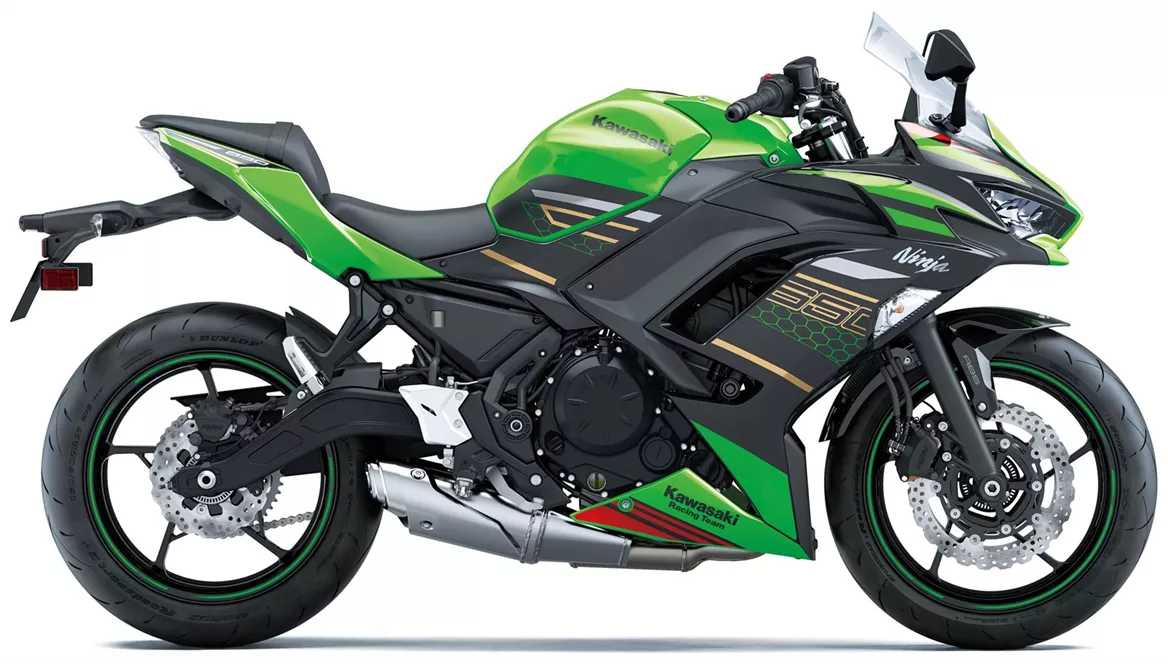
Kawasaki Ninja 650 2020
Vue d’ensemble - Kawasaki Ninja ZX-6R 636 2013 vs Kawasaki Ninja 650 2020
The Kawasaki Ninja ZX-6R 636 model year 2013 and the Kawasaki Ninja 650 model year 2020 are both popular sport bikes from Kawasaki, but they have some key differences in terms of technical specifications and strengths.
Starting with the technical specifications, the Ninja ZX-6R 636 2013 is equipped with an in-line four-cylinder engine with a displacement of 636cc. It produces a powerful 131 horsepower and 71 Nm of torque. The engine has a bore of 67mm and a stroke of 45.1mm, with a compression ratio of 12.9. The bike features a twin tube, perimeter, extruded aluminum frame and upside-down telescopic fork front suspension. It has a wheelbase of 1395mm and a seat height of 830mm. The front and rear tires have widths of 120mm and 180mm respectively, with a diameter of 17 inches. The bike weighs 194kg with ABS and has a fuel tank capacity of 17 liters. It also comes with advanced rider assistance systems such as traction control.
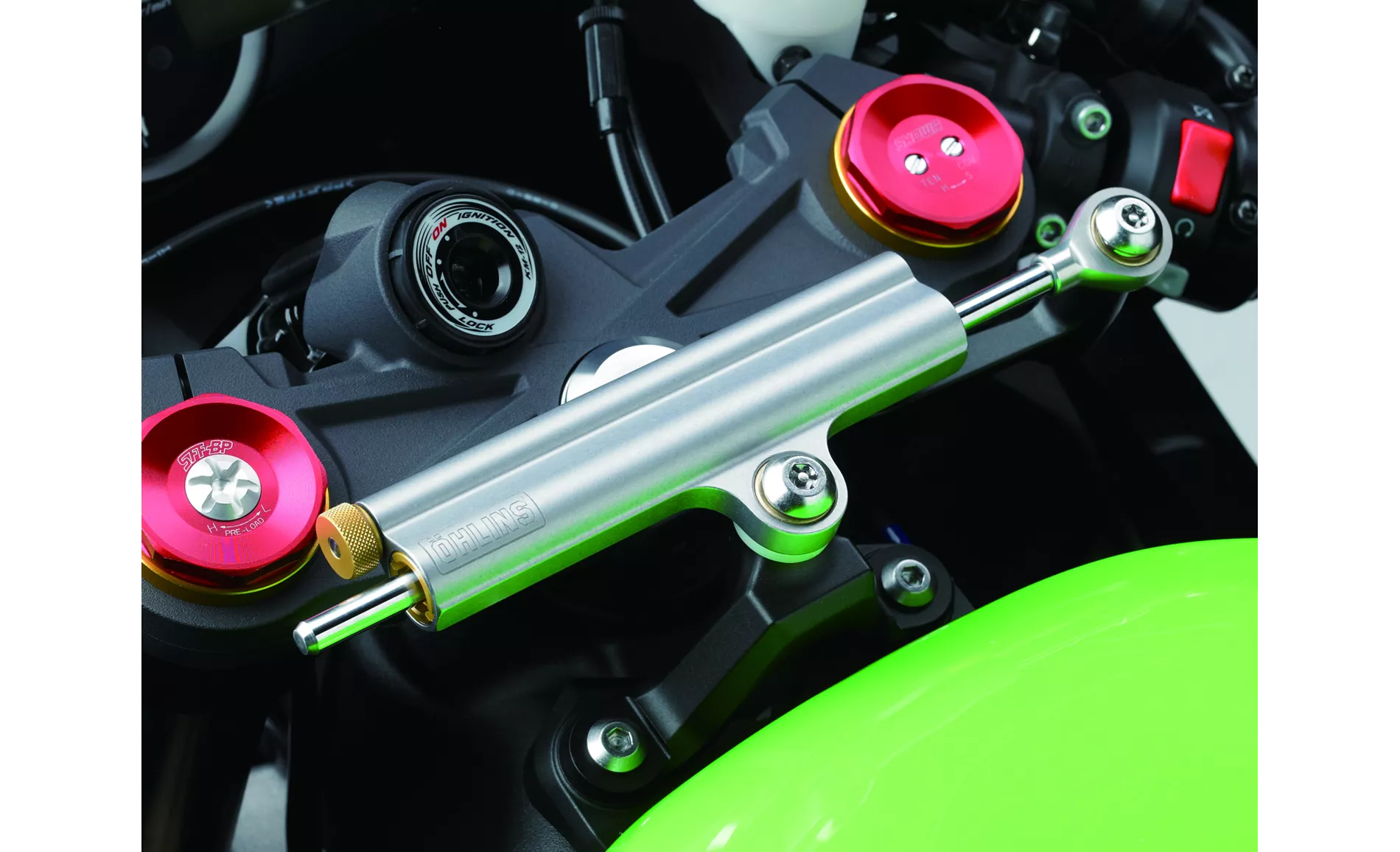
Kawasaki Ninja ZX-6R 636 2013
On the other hand, the Ninja 650 2020 features a two-cylinder in-line engine with a displacement of 649cc. It produces 68.2 horsepower and 65.7 Nm of torque. The engine has a larger bore of 83mm and stroke of 60mm, with a compression ratio of 10.8. The bike has a tubular steel frame and telescopic fork front suspension. It has a slightly longer wheelbase of 1410mm and a lower seat height of 790mm, making it more beginner-friendly. The front and rear tires have widths of 120mm and 160mm respectively, with a diameter of 17 inches. The bike weighs 193kg with ABS and has a fuel tank capacity of 15 liters. It also comes with advanced rider assistance systems such as ABS.
In terms of strengths, the Ninja ZX-6R 636 2013 is known for its sharpened geometry, good handling, and uncompromising reliability. It has a seating position that is considered comfortable for most riders. On the other hand, the Ninja 650 2020 is praised for being one of the last of its kind, with a powerful two-cylinder engine. It has a comfortable seat suitable for touring and compact dimensions, making it easy to maneuver. The bike also features a sporty look and a TFT display with connectivity.
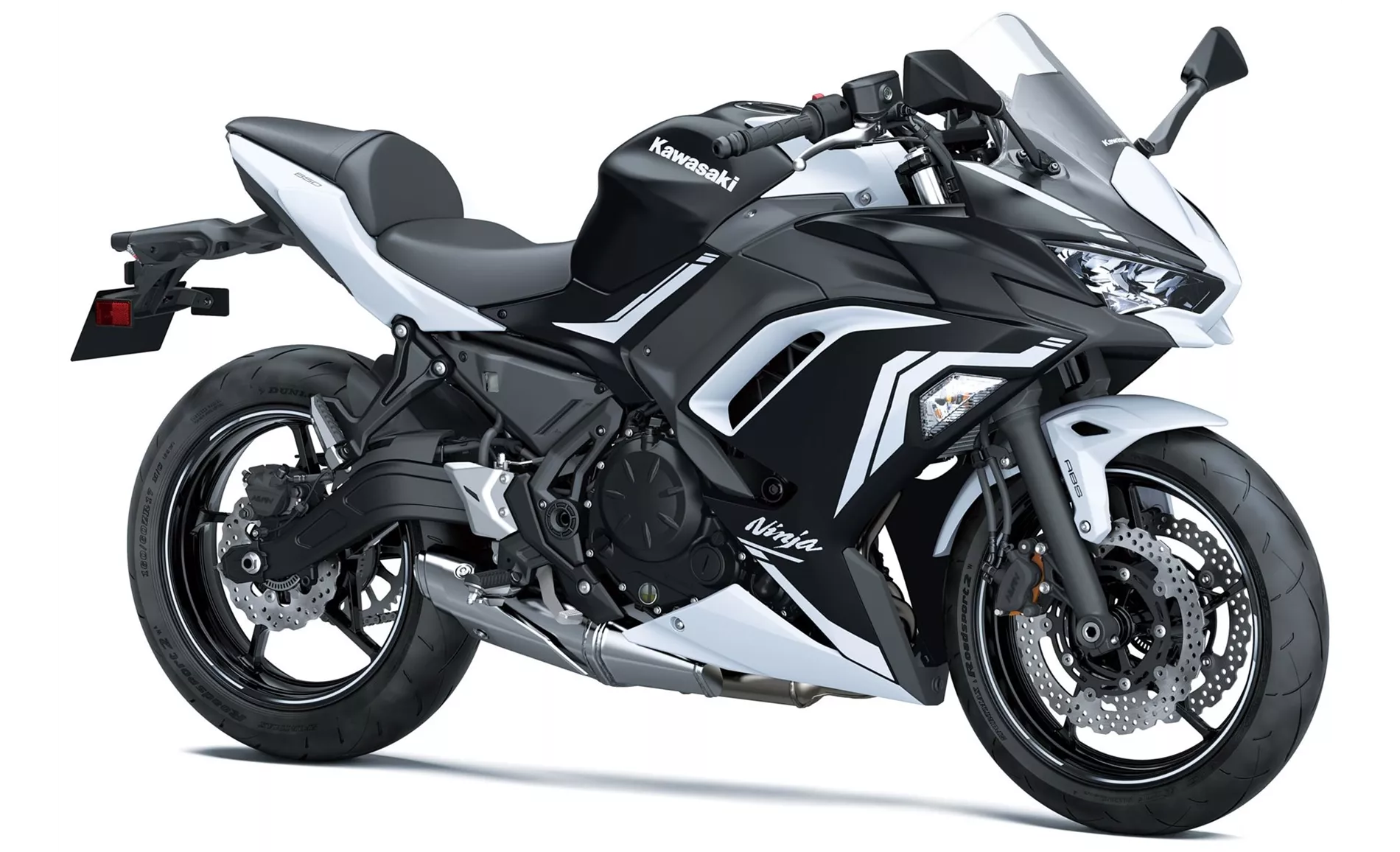
Kawasaki Ninja 650 2020
However, both bikes have their weaknesses. The Ninja ZX-6R 636 2013 is criticized for its high purchase price, which may be a deterrent for some buyers. On the other hand, the Ninja 650 2020 is considered overall too dainty for tall riders, and the front brake pressure point may not be to everyone's liking. Additionally, it has limited suitability for touring with two people due to its smaller size.
In conclusion, the Kawasaki Ninja ZX-6R 636 2013 and the Kawasaki Ninja 650 2020 are both impressive sport bikes with their own unique strengths and weaknesses. The ZX-6R 636 offers powerful performance and a comfortable seating position, while the Ninja 650 provides a more beginner-friendly option with a touring-friendly seat and compact dimensions. Ultimately, the choice between the two will depend on the rider's preferences and specific needs.
Caractéristiques techniques Kawasaki Ninja ZX-6R 636 2013 par rapport à Kawasaki Ninja 650 2020
Avantages et inconvénients en comparaison
Avantages et inconvénients en comparaison
Kawasaki Ninja ZX-6R 636 2013

La Kawa convainc par sa bonne maniabilité et sa fiabilité sans compromis. Une moto puissante, mais certainement pas une bonne affaire.
Kawasaki Ninja 650 2020
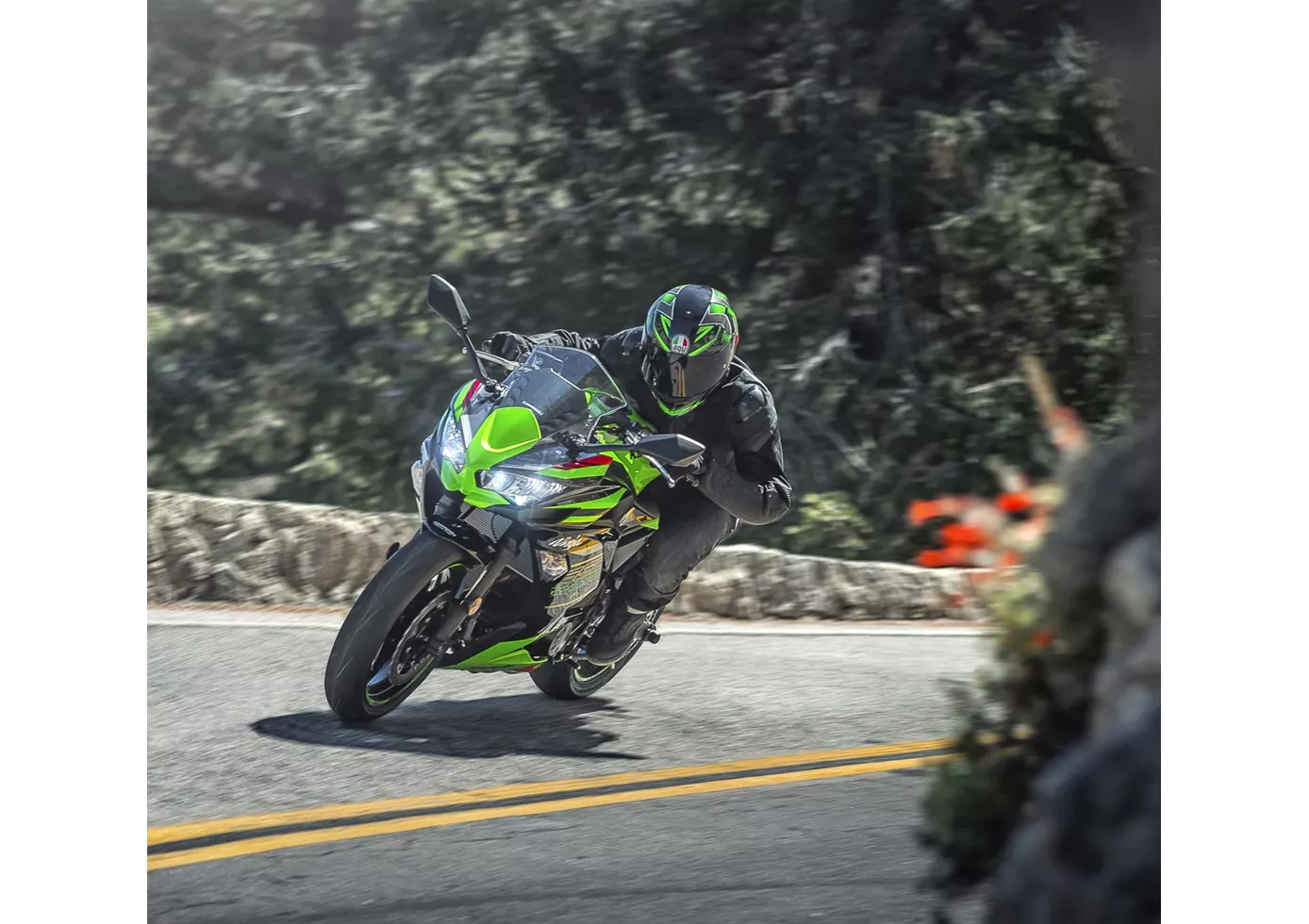
Sauvez les motos de tourisme sportif ! Kawasaki réalise avec la Ninja 650 une représentante exemplaire de cette catégorie et veille ainsi (espérons-le) à résoudre le problème de la relève. Le châssis stable et le bon bicylindre enthousiasment aussi bien les débutants que les pilotes confirmés, même à un rythme plus soutenu. Le frein avant a été un peu trop bien pensé : malgré une bonne puissance de freinage, il manque un point de pression transparent. Le plus est l'écran TFT, que nous ne trouvons pas encore chez la concurrence, ainsi que le look adulte qui s'oriente fortement vers les modèles Ninja plus grands.
Comparaison des prix Prix moyen du marché Kawasaki Ninja ZX-6R 636 vs Kawasaki Ninja 650
There are a few key differences between a Kawasaki Ninja ZX-6R 636 2013 and a Kawasaki Ninja 650 2020. It takes less time to sell a Kawasaki Ninja 650 with 75 days compared to 122 days for the Kawasaki Ninja ZX-6R 636. Since model year 2013 1000PS.de editors have written 7 reviews for the Kawasaki Ninja ZX-6R 636 and 20 reviews for the Kawasaki Ninja 650 since model year 2017. The first review for the Kawasaki Ninja ZX-6R 636 was published on 12/3/2012 and now has more than 20,800 views. This compares to more than 79,600 views for the first review on Kawasaki Ninja 650 published on 10/4/2016.
